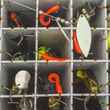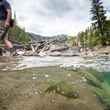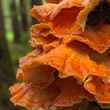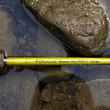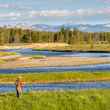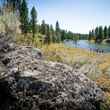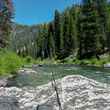The popularity of tenkara has given anglers an opportunity to chose from a variety of rods. In fact, at last count, there were more than a dozen U.S. based companies selling tenkara rods. Having that many options can make things confusing.
Folks just starting their tenkara journey may find this many choices intimidating and be concerned about the research required in making a sound rod purchasing decision. Those who have taken up tenkara, used to just a few options, now face unfamiliar names and performance characteristics.
I asked a few of my favorite tenkara groups, “If you had to pick your favorite rod -just one- what would it be and most importantly why?” I asked because I wanted to learn what characteristics make a favorite.
Whether you are new to tenkara or an old hand, the myriad choices of rods makes it more likely you will find a rod (or really more likely, rods) that you enjoy fishing with. Here are some things to consider.


